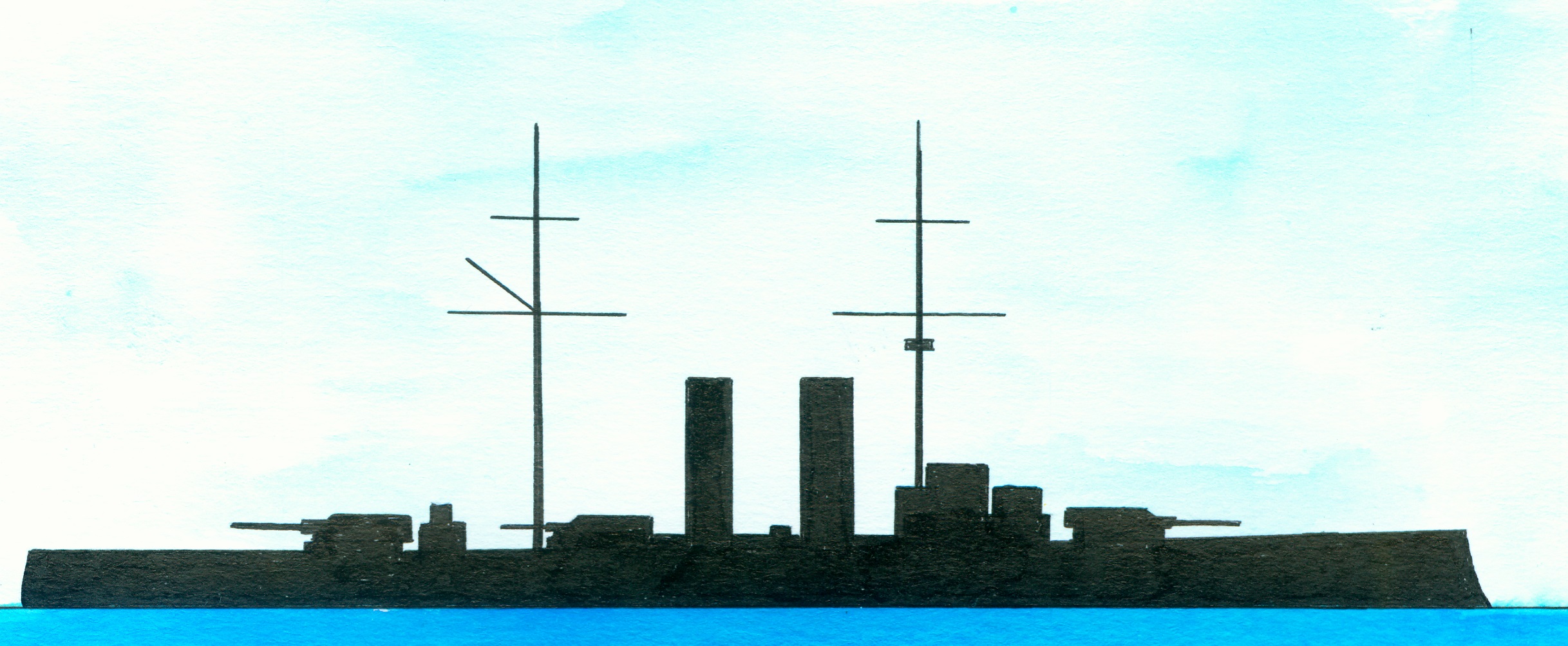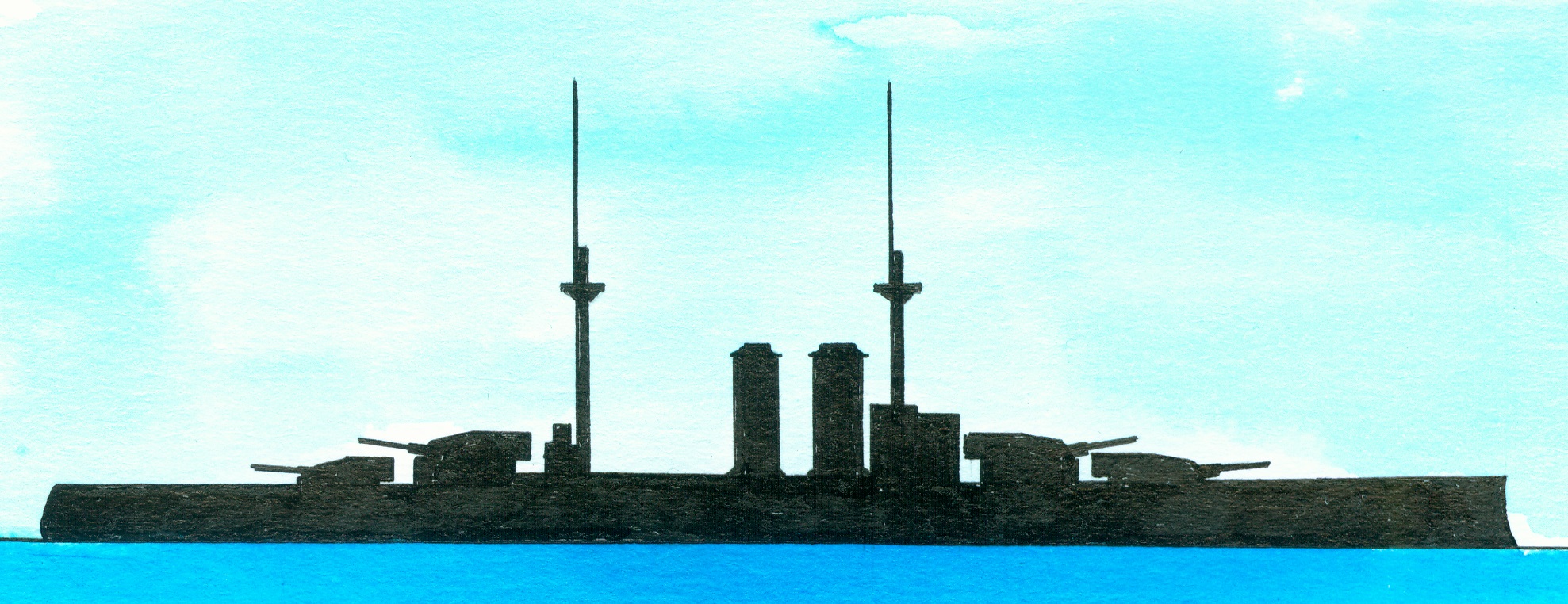Austrian-Hungarian Radetzky-class
Austrian-HungarianTegethoff-class
Italian Dante Alighieri
Part of the Tegethoff-class consisting of the Tegethoff, Viribus Unitis, Prinz Eugen and Szent István, preceded by the Radetzky-class and succeeded by the Ersatz Monarch-class. Designed/built as an answer on the Italian dreadnought Dante Alighieri.
Building ordered in 1908 as the Tegethoff but renaming ordered by the emperor. Laid down at the Stabilimento Tecnico Triestino yard, Trieste, Italy on 24 July 1910, launched on 24 June 1911, commissioned on 5 December 1912, handed over to the State of Slovenes, Croat and Serbs on 31 October 1918, renamed Jugoslavija but sunk by an Italian manned torpedo in the former Austro-Hungarian naval base at Pola [nowadays Pula, Croatia] on 1 November 1918.
Displacement 20.000 (standard)-21,689 (deep load) tons and as dimensions 152,20 x 27,30 x 8,90 metres or 449’4” x 89’7” x 29’2”. The machinery consisted of 4 Parsons steam turbines and 12 coal fired Yarrow boilers via 4 shafts supplying 27.000 shp allowing a speed of 20,49 knots and with a speed of 10 knots with a coal bunker capacity of 2.000 tons a range of 4.200 nautical miles. Coal bunker capacity 1.844,5 tons with 267,2 tons for spraying fuel oil on the coal to improve the burning. Crew numbered 993-1.087 men. Armament consisted of 4x3-30,5cm/12” 45cal K 10guns, 12x1-15cm/5.9” 50/cal K 10 guns in casemates, 18x1-7cm/3”/11pd 50 cal K 10guns,3x1-6,6cm K 10 anti aircraft guns and 4-53,3cm/21” submerged torpedo tubes (1xbow,2 x sides, 1 stern) for which 12 torpedoes were carried. Armour consisted of a 6-28cm/11” thick belt, 3cm/1.2-4,8cm/2” thick deck with the gun turrets and casemates protected by respectively 4,8cm/2”-28cm/11” and 4.7/18cm”.



